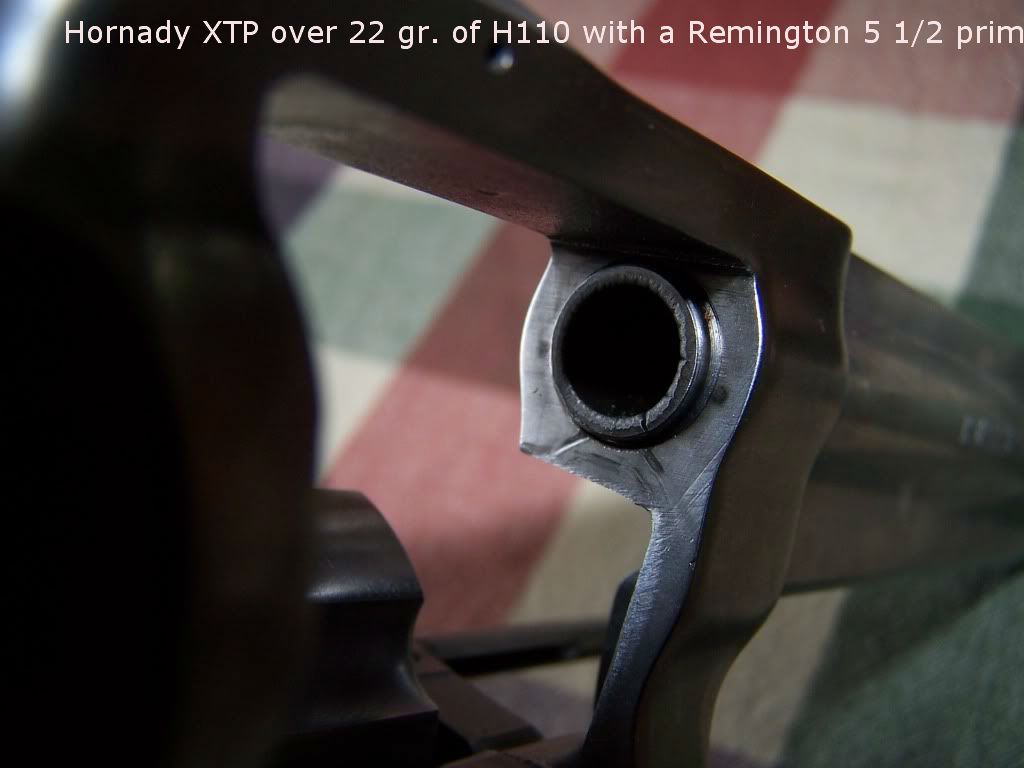After doing some reading on 357 Mag loads, it seams that shooting the lighter weight bullet in a K frame S&W can cause problems with the frame.
WAY back, I had a Colt Trooper, Colt Python, Ruger Single action and current have a S&W 66 and 686. Just got the 686 but had the 66 for many years. I never knew or even dreamed shooting lighter loads in the 66 could damage the frame. Back in the 70's I reload all my bullets and what I have written on the cases the feet/second is around 1250.
The 66 have not been shot in years (switch to pistols) but getting back into wheel guns. Has anybody had any problems with the light weight mag loads that are shot in the 66.
WAY back, I had a Colt Trooper, Colt Python, Ruger Single action and current have a S&W 66 and 686. Just got the 686 but had the 66 for many years. I never knew or even dreamed shooting lighter loads in the 66 could damage the frame. Back in the 70's I reload all my bullets and what I have written on the cases the feet/second is around 1250.
The 66 have not been shot in years (switch to pistols) but getting back into wheel guns. Has anybody had any problems with the light weight mag loads that are shot in the 66.

